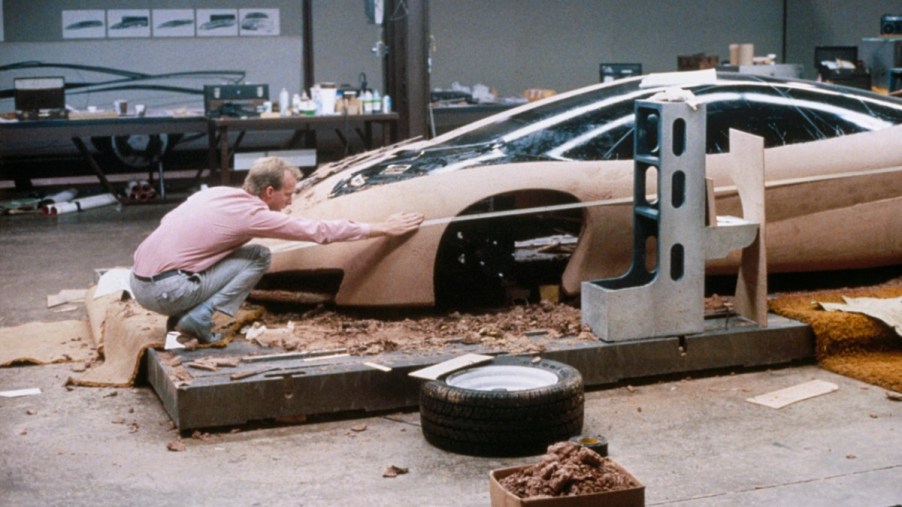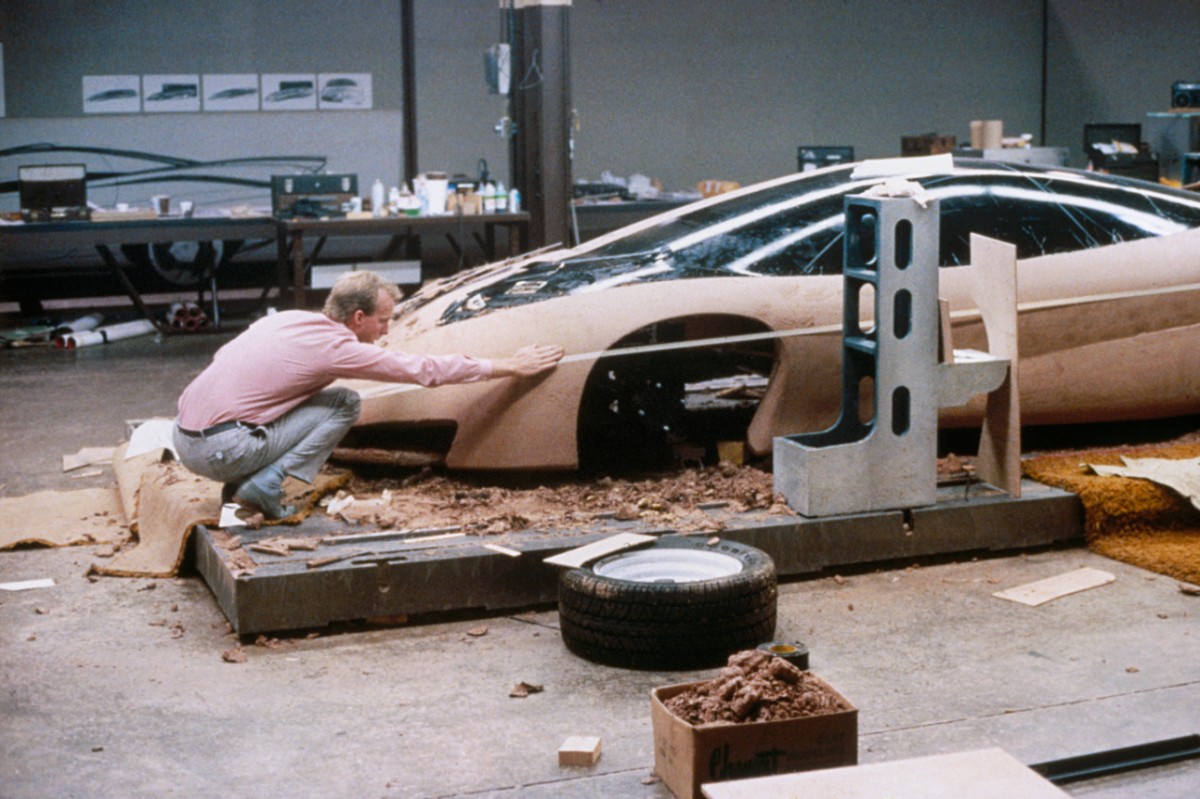
Pontiac’s 1965 Banshee XP-833 Was the Beginning of the End for Pontiac
The charismatic John DeLorean wasn’t enough to carry the 1965 Pontiac Banshee XP-833 to glory despite its contemporary sports car design and powerful engine. General Motors executives were unwilling to support a competitor to their mighty Chevy Corvette, and the Banshee‘s rejection marked the beginning of the end for the Pontiac brand.
Pontiac’s history with GM

The first Pontiac debuted in 1926 and packed a 3.0-liter six-cylinder engine. Car and Driver notes that the first column shifter appeared on Pontiac models in 1938, leading to the flashy four-door models of the 1940s. In the ’50s, Pontiac developed a “Grandma” image thanks to the Bonneville, featuring solid styling and “wide-track” technology.
1964 marked the year Pontiac ushered in the GTO, a model that kicked off the muscle car craze in the United States. In 1965, DeLorean took over Pontiac with a feel for the youth market. However, success was short-lived. The Banshee XP-833 was barely a blip in the history books, and DeLorean left the company to form his own.
In 1974, Pontiac introduced the Firebird Trans Am, with its legendary 7.5-liter V8. The brand saw some successes in the ’80s with the Fiero and Grand Am. Pontiac even came out with a 1988 Banshee IV concept that influenced the early-’90s Firebird redesign. But things were going steadily downhill for the brand.
The 1965 Pontiac Banshee XP-833
The Drive reports the Banshee was originally a concept car debuting in 1964 and known as XP-833 at GM. It was a two-seater sports coupe with striking, fluid styling and a responsive engine and transmission. It was built on a combo of custom-built parts and chassis components from the Pontiac Tempest. Intended to be fun to drive, the Banshee XP-833 had a 165-hp straight-six engine mated to a four-speed transmission.
It was intended to compete with the newly released Ford Mustang and European speedsters. Slightly smaller than the Corvette, the concept car upset some GM executives because they wanted no competition for their beloved convertible.
The rejection of the Banshee marked the beginning of the end for Pontiac. GM backed off the idea of Pontiac as a high-performance brand despite the success of the GTO. This set the tone for Pontiac over the next 30 years, always playing second (or third or fourth) to more popular brands in the GM stable.
The end of Pontiac
Many factors contributed to Pontiac’s ultimate demise in 2010. Some blame questionable models like the Aztek, Montana, and Torrent. Others say Pontiac was adrift because GM executives never fully embraced it or market conditions were never quite right for the brand.
Pontiac’s last gasp in the performance roadster category was the Solstice. It was a fun two-seater, but it was plagued by its lack of truck space and odd soft top. Then, the economic downturn in 2008 led GM to make some tough decisions. One was to reduce its brands to four. Buick’s popularity in the Asian market led to it beating Pontiac out for the last seat.
Things might have been different if the Banshee had been a hit, but the last Pontiac ever built was the highly unexciting 2009 GT Wave. The subcompact was never even available in the United States. Produced in Mexico, it was not only the last Pontiac but also the shortest-running model in the brand’s history.


